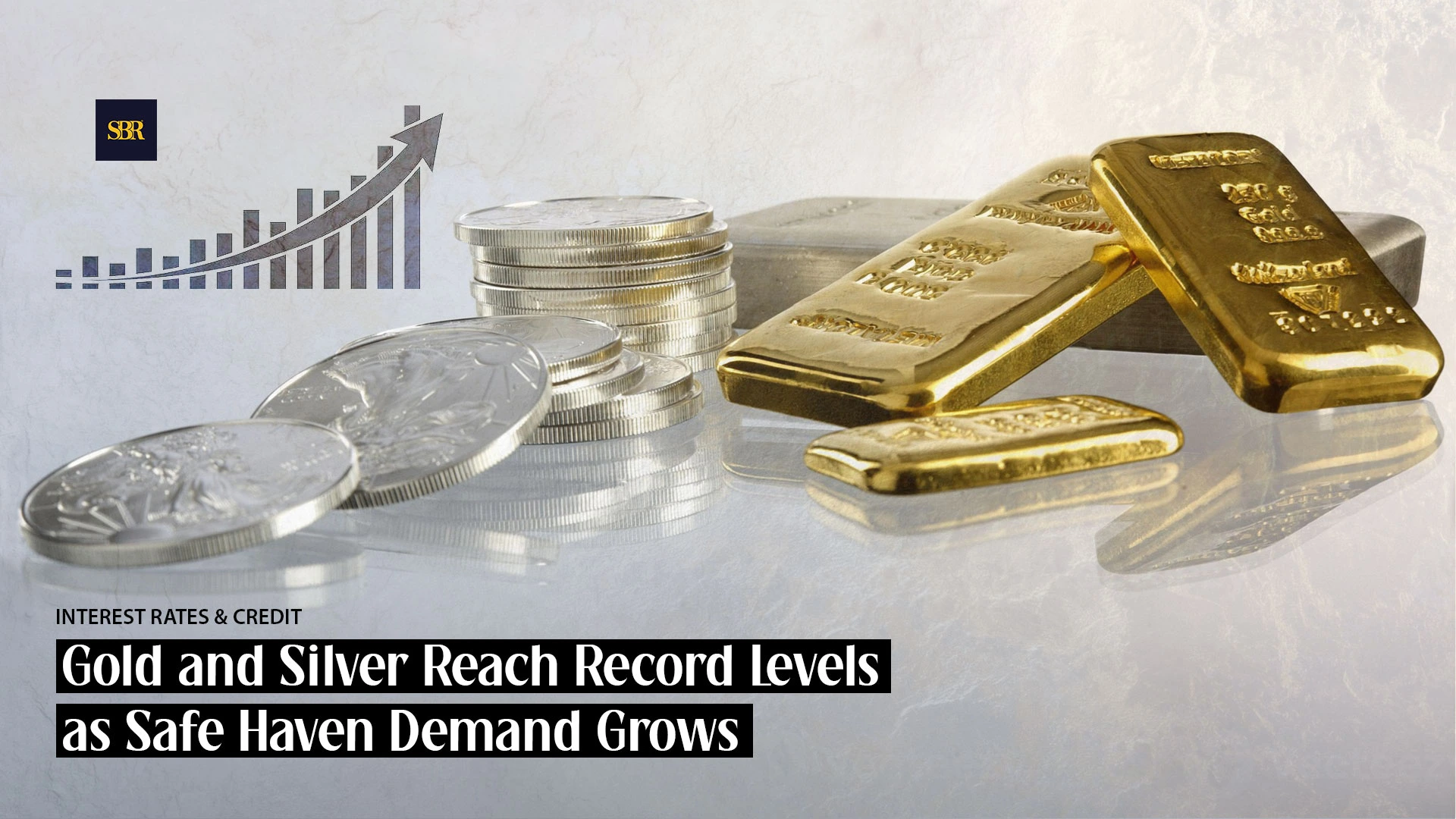The strength of the U.S. dollar (USD) over the years can be attributed to several factors, and it's important to note that currency values are influenced by a complex interplay of economic, geopolitical, and market forces. Here are some key factors that have historically contributed to the strength of the U.S. dollar:
Economic Stability: The U.S. has generally been viewed as having a stable and resilient economy. Factors such as a strong GDP growth, low inflation, and low unemployment have contributed to investor confidence in the U.S. economy.
Interest Rates: The interest rate set by the U.S. Federal Reserve (Fed) plays a significant role in the strength of the dollar. Higher interest rates in the U.S. attract foreign capital seeking better returns, leading to increased demand for the U.S. dollar.
Safe-Haven Status: The U.S. dollar is often considered a safe-haven currency, especially during times of global economic uncertainty or geopolitical instability. Investors tend to flock to the U.S. dollar and U.S. assets during crises, reinforcing its strength.
Global Reserve Currency: The U.S. dollar serves as the world's primary reserve currency. Many countries hold significant amounts of U.S. dollars in their foreign exchange reserves, contributing to its stability and liquidity.
Trade Balance: Historically, the U.S. has run trade deficits, meaning it imports more goods and services than it exports. Paradoxically, this has sometimes contributed to the strength of the dollar, as foreign countries accumulate U.S. dollars through trade and investment.
Government Debt and Fiscal Policy: While the U.S. has a significant level of government debt, its fiscal and monetary policies have generally been perceived as responsible. Investors may view the U.S. as better positioned to manage its debt compared to some other countries.
Global Demand for U.S. Assets: There is a constant demand for U.S. financial assets, including Treasury bonds and equities. Foreign investors buying these assets create demand for the U.S. dollar.
Diversification: The U.S. financial markets are highly diversified and deep, providing a range of investment opportunities. This diversification attracts global investors and contributes to the strength of the U.S. dollar.
It's essential to note that currency values are relative, and the strength of the U.S. dollar is often assessed in comparison to other currencies. Exchange rates are dynamic and can be influenced by changing economic conditions, geopolitical events, and shifts in market sentiment. The value of the U.S. dollar can fluctuate over time based on these factors.

















